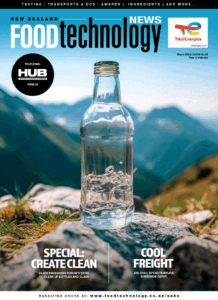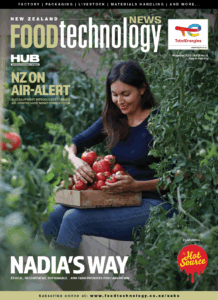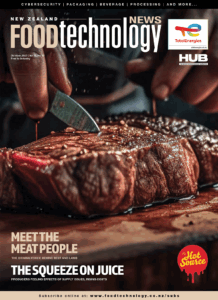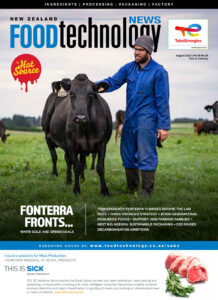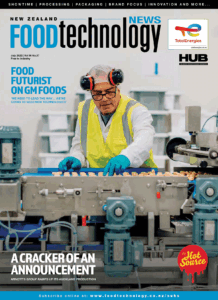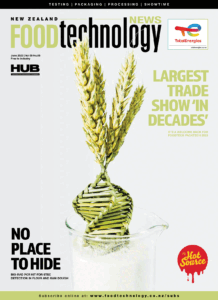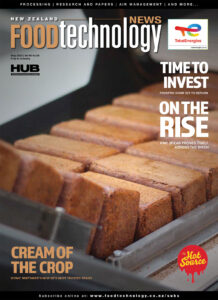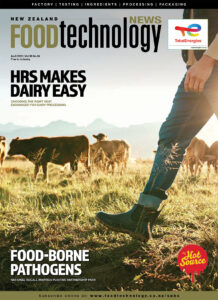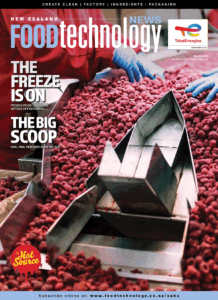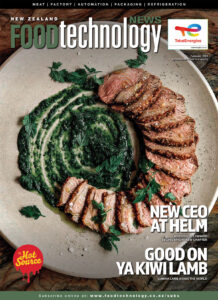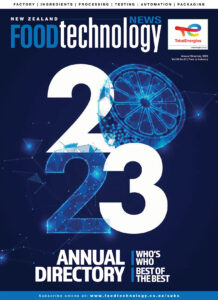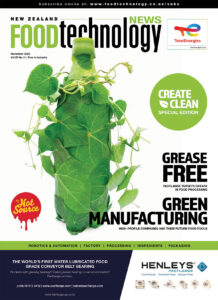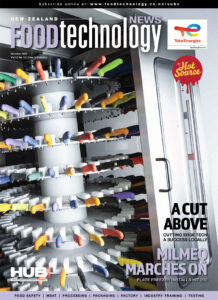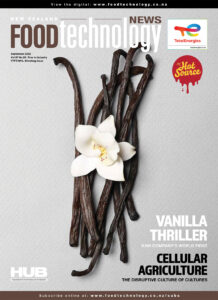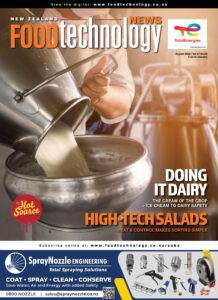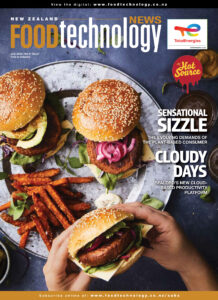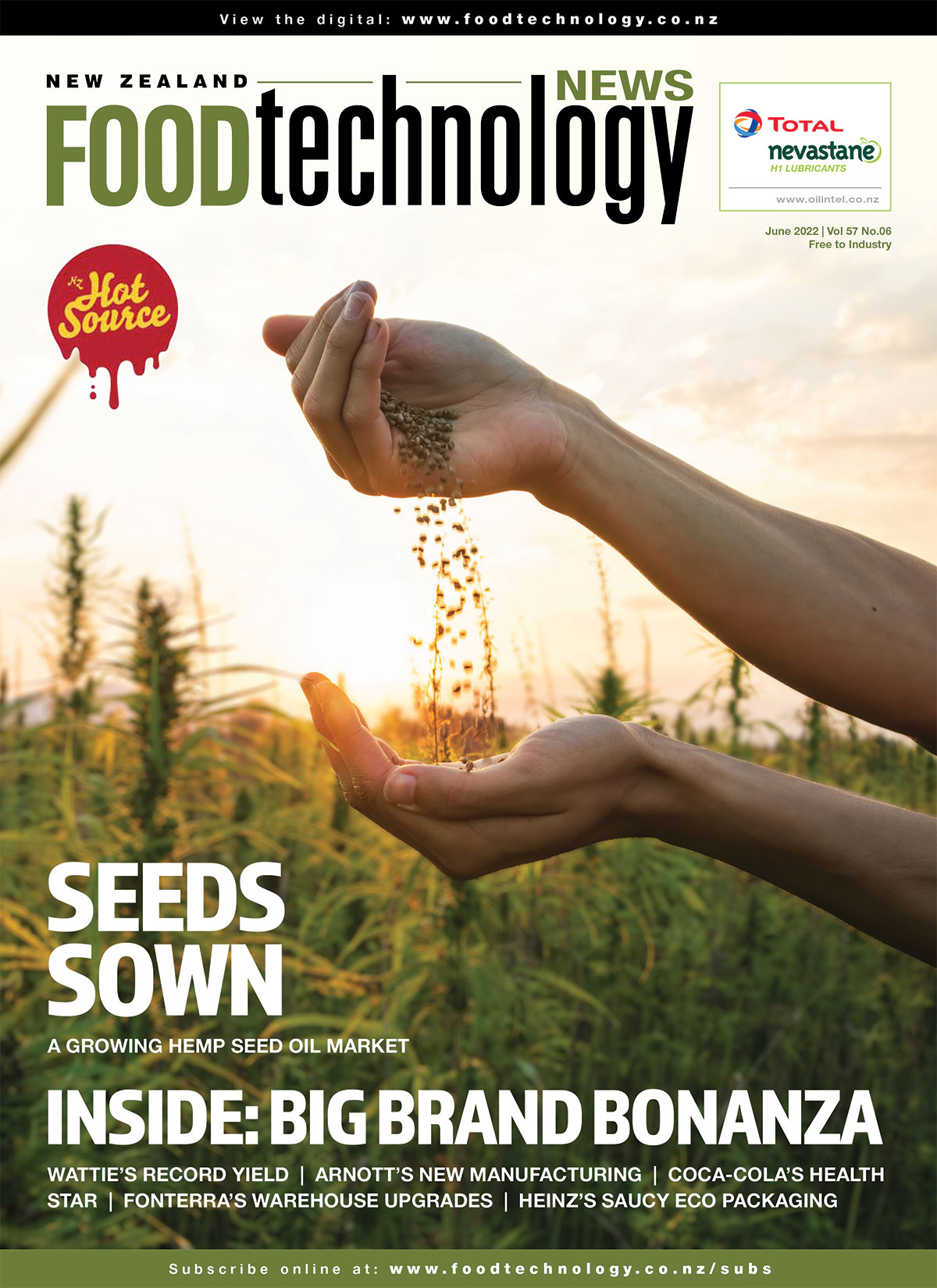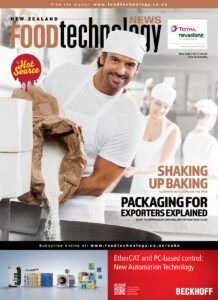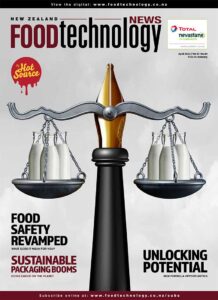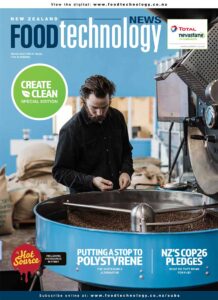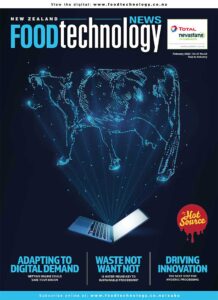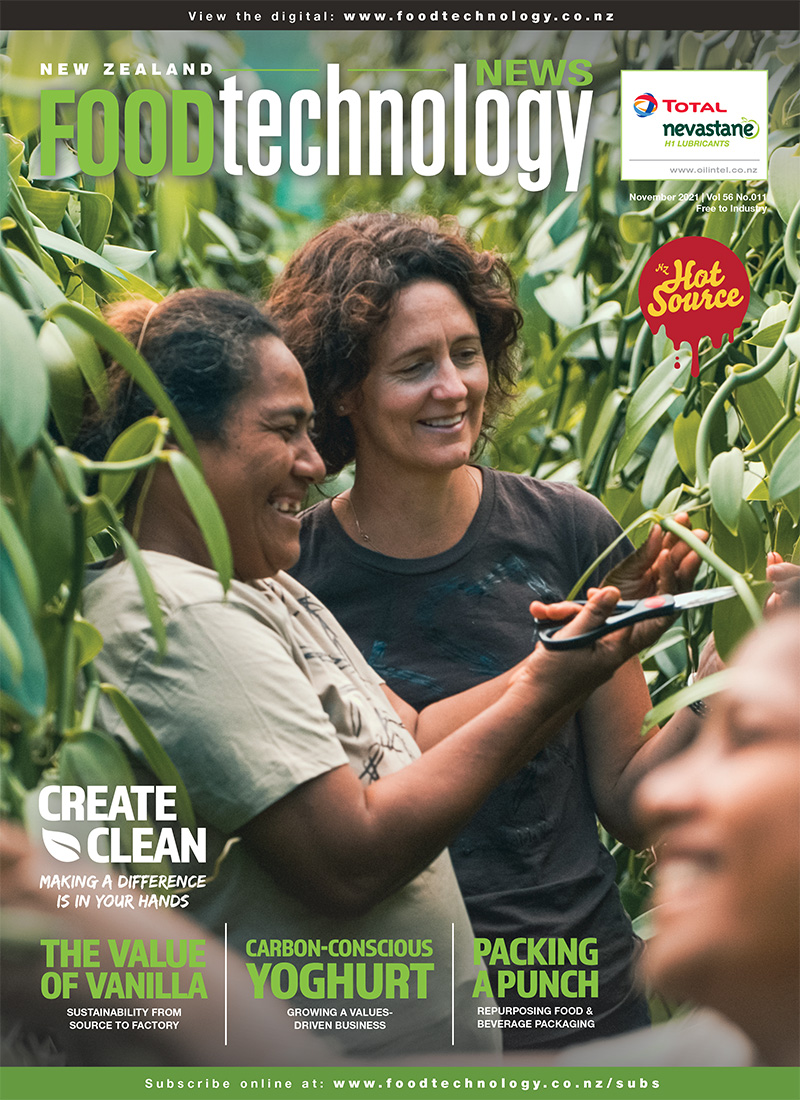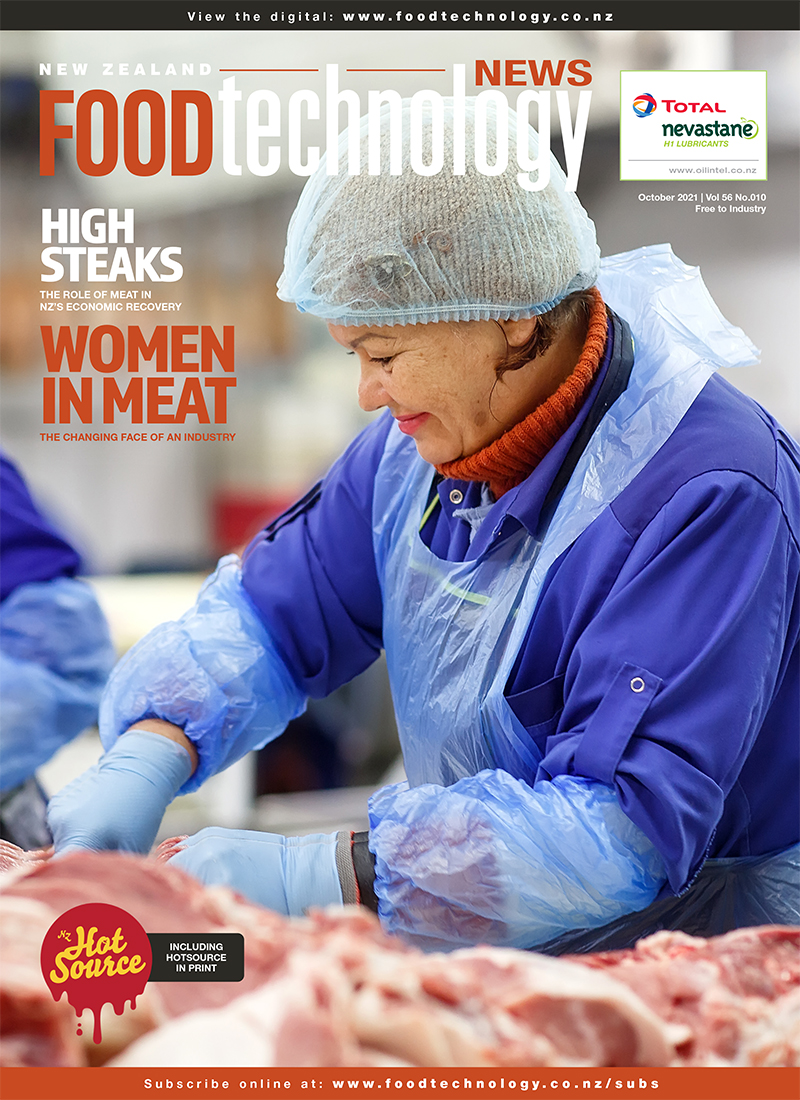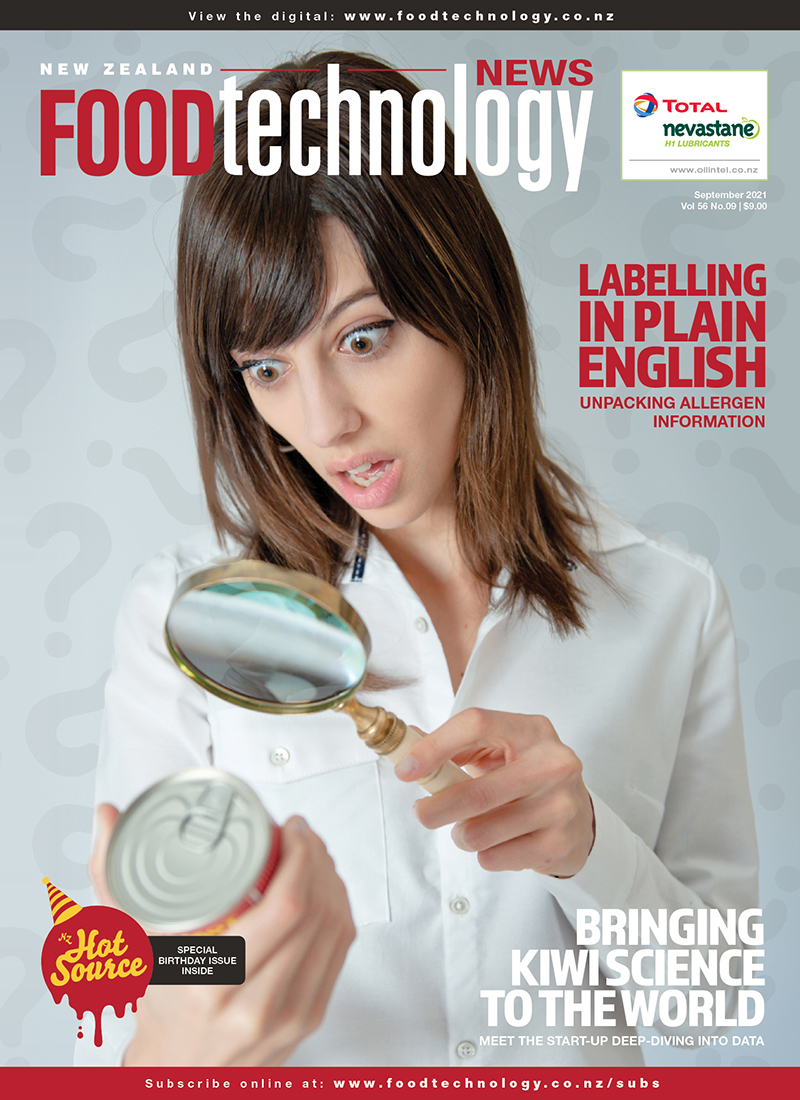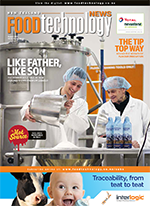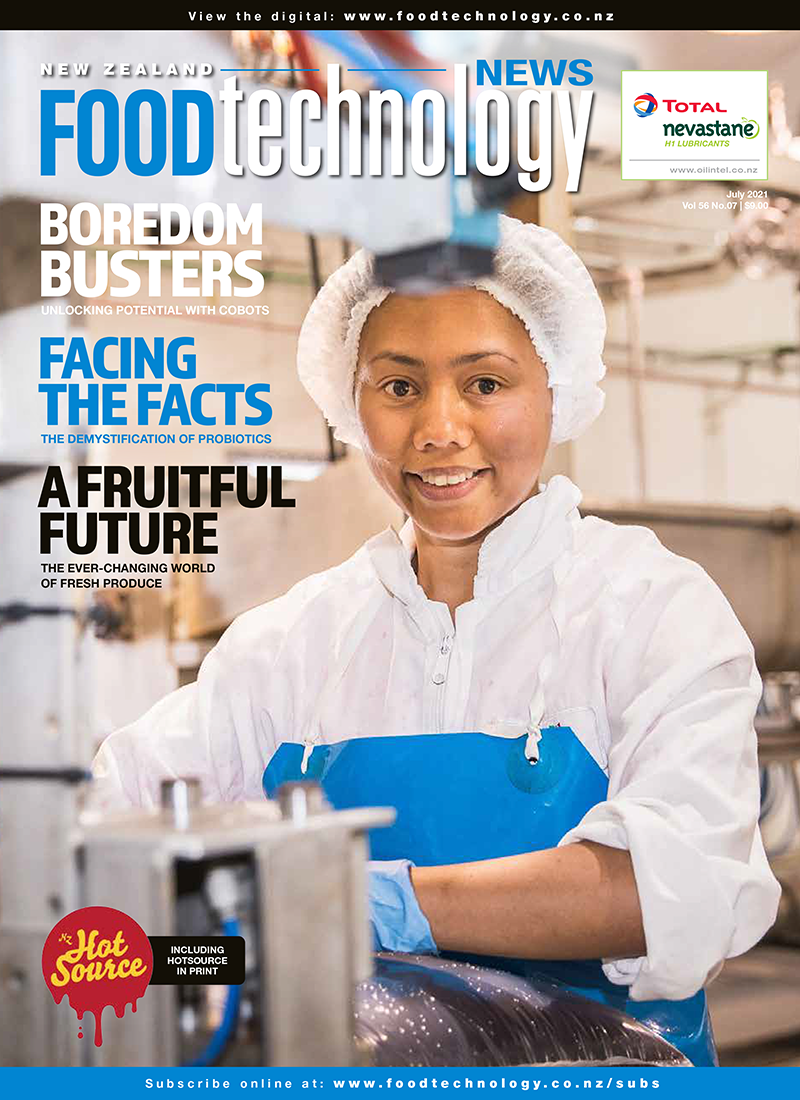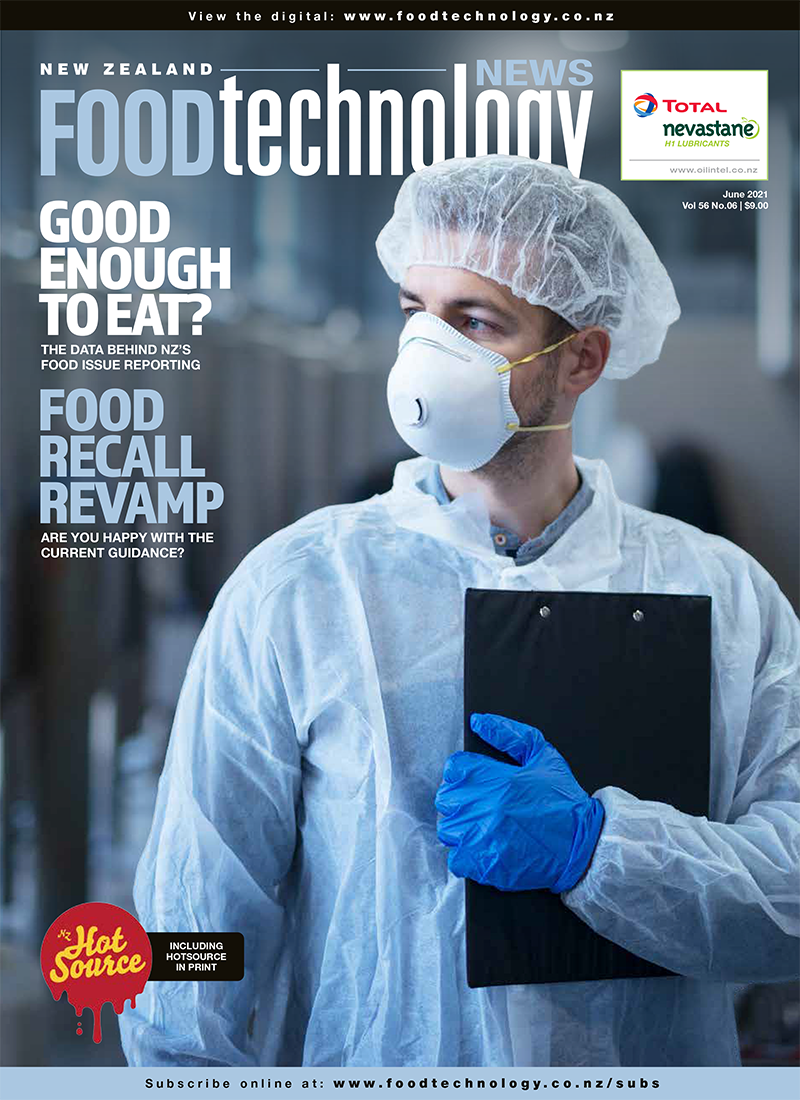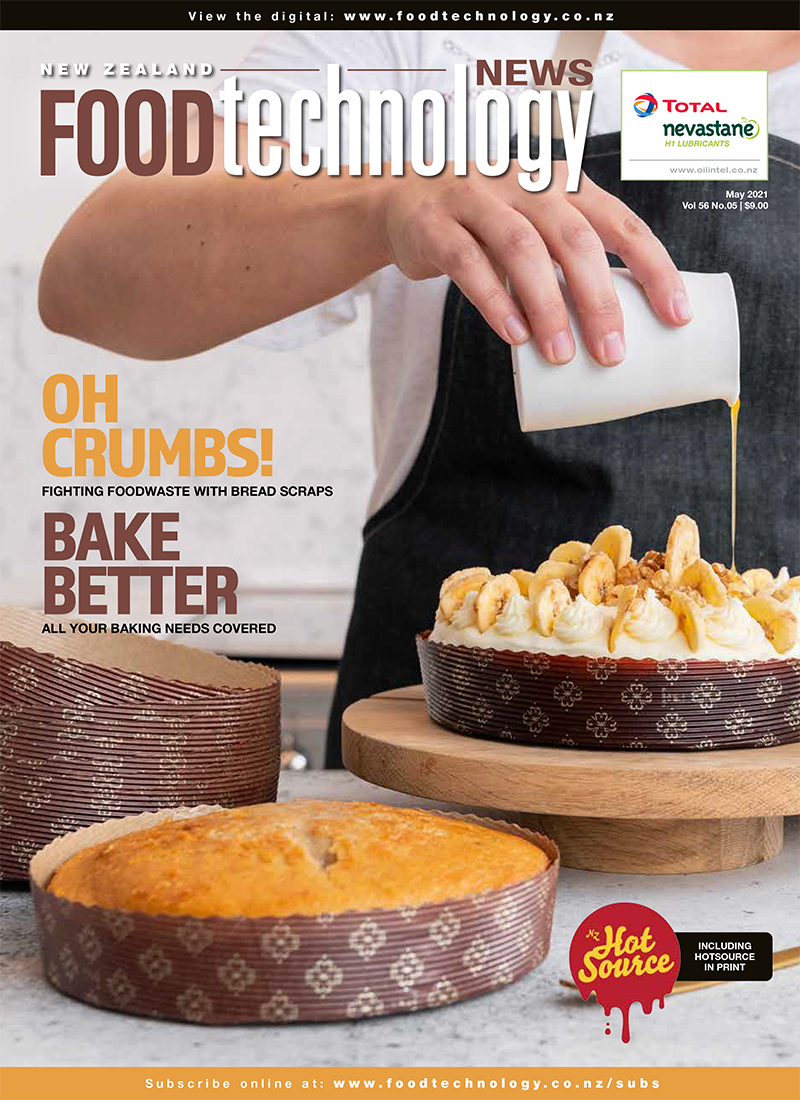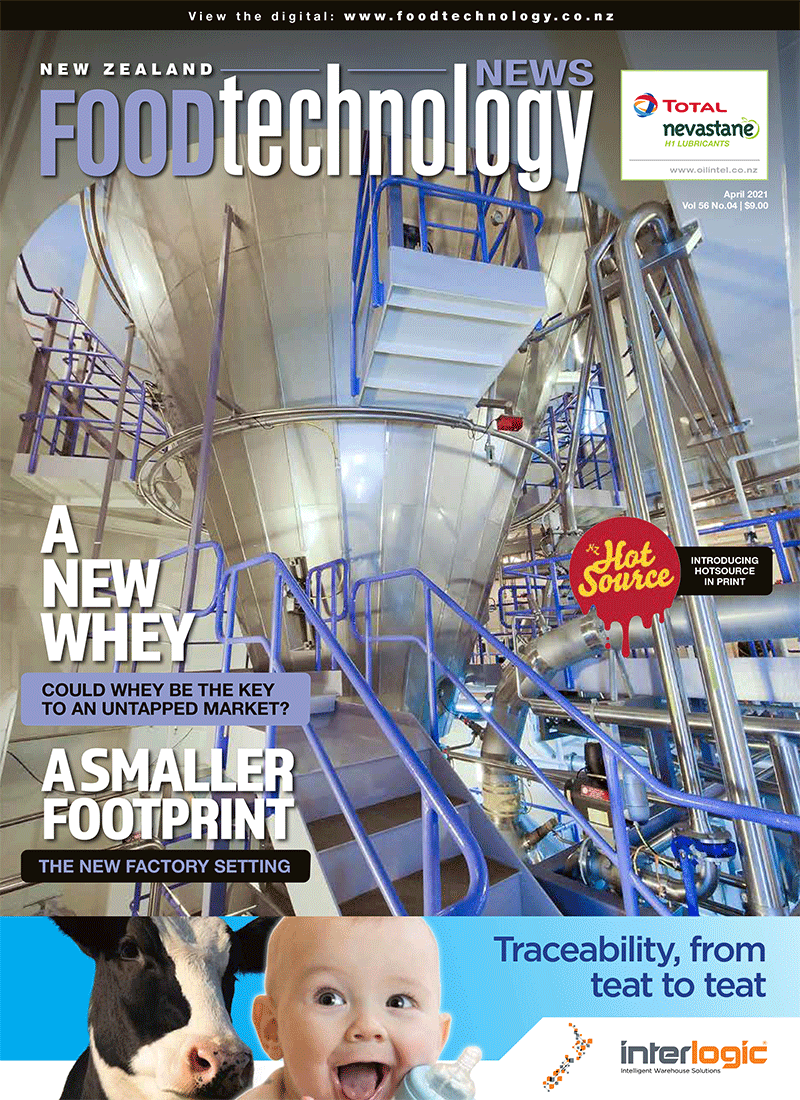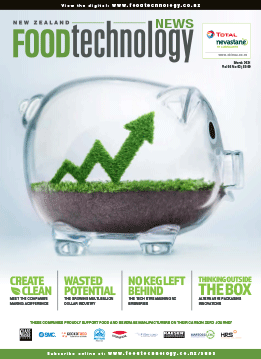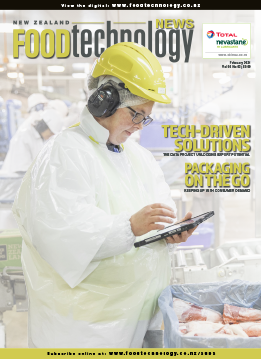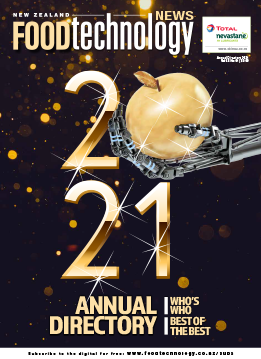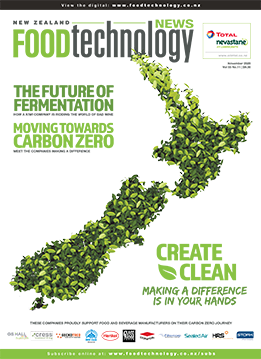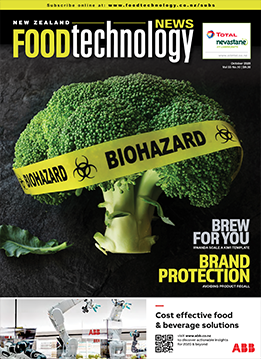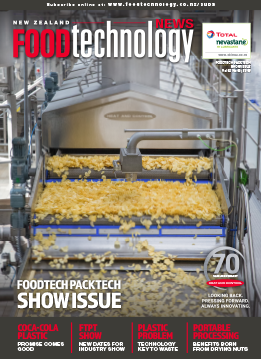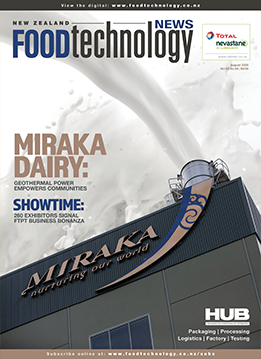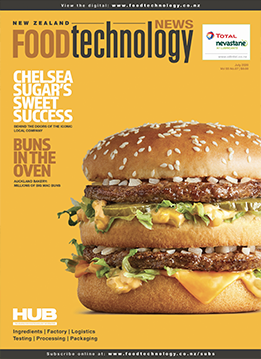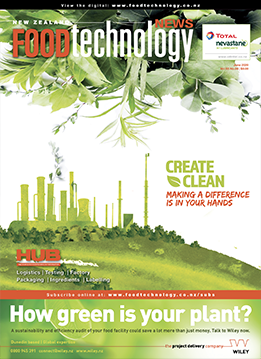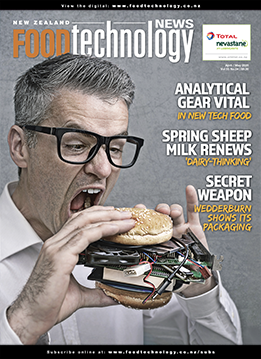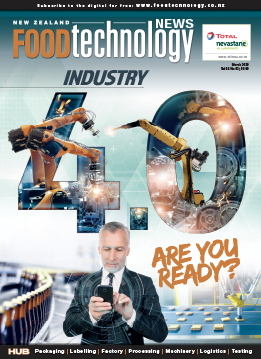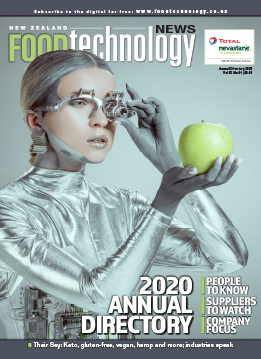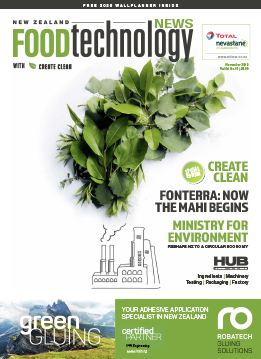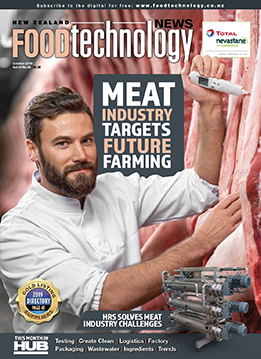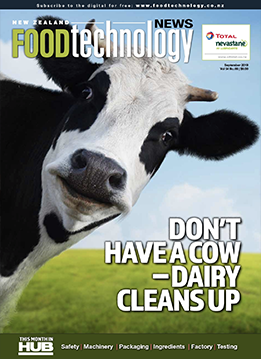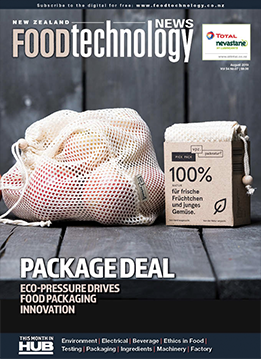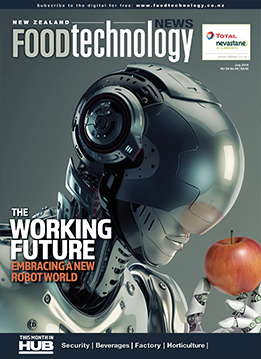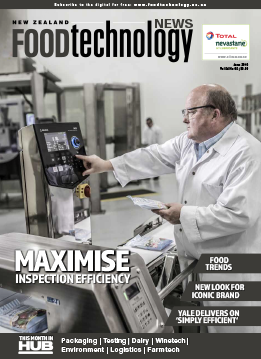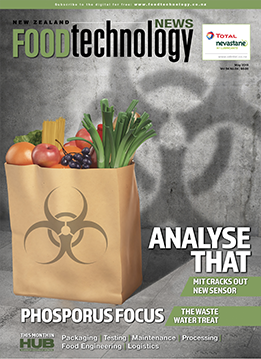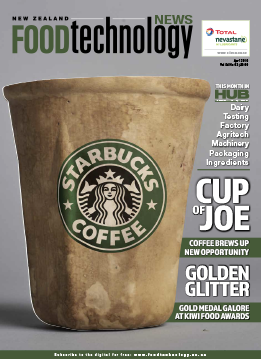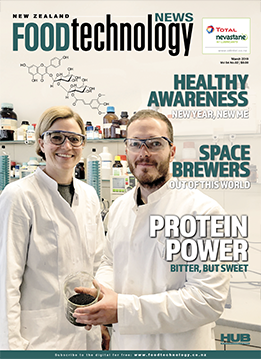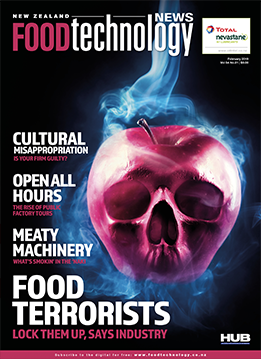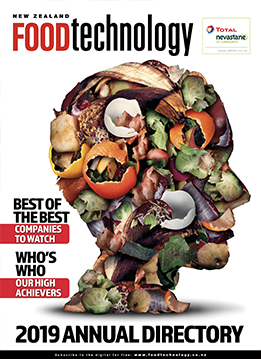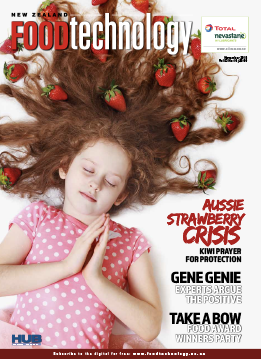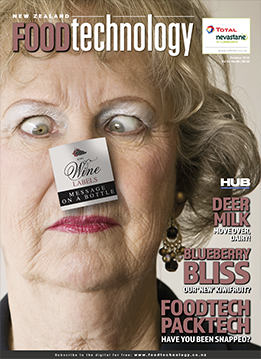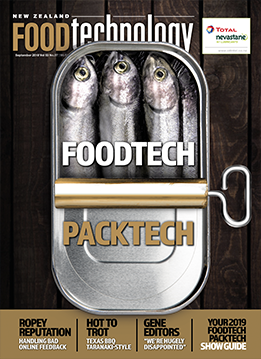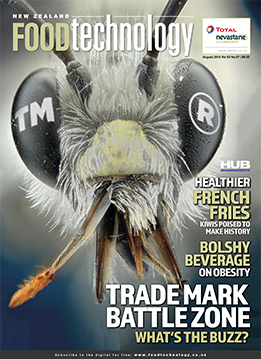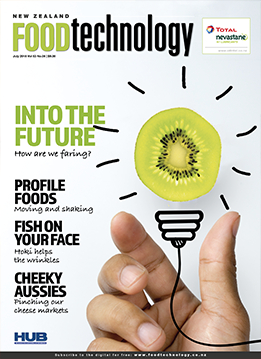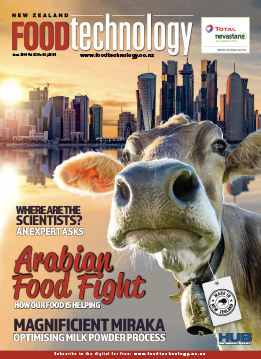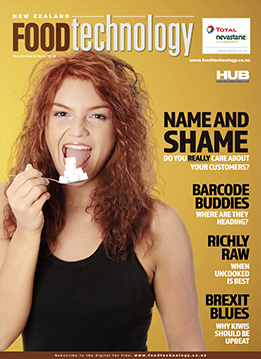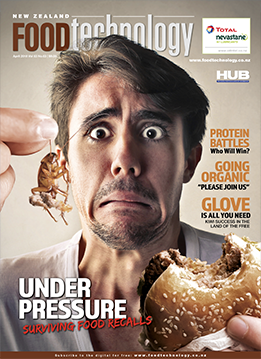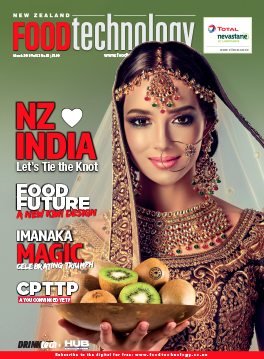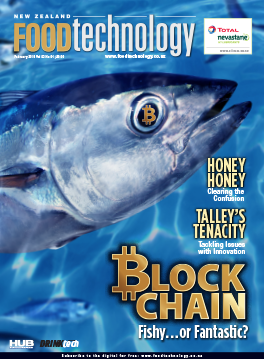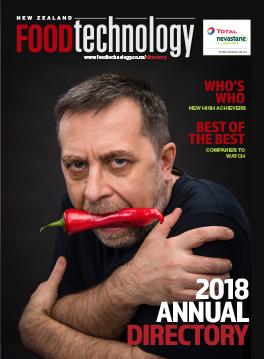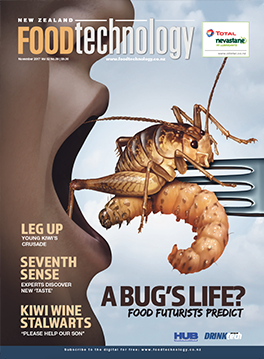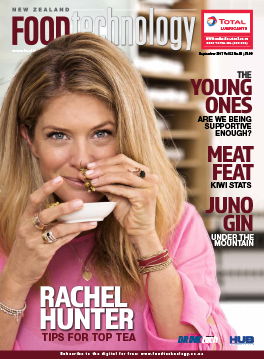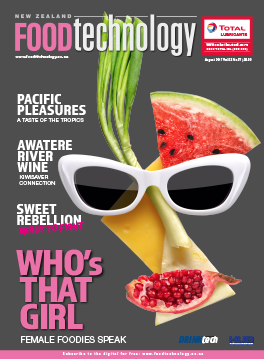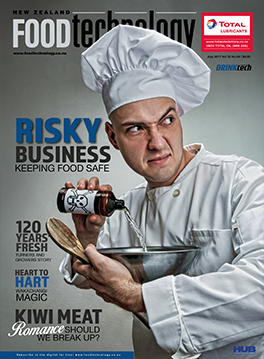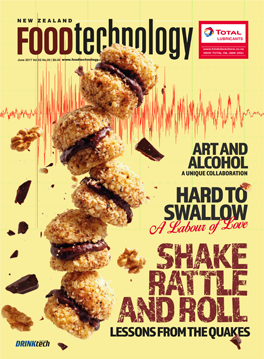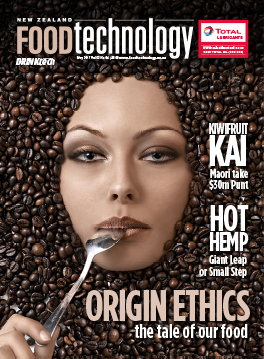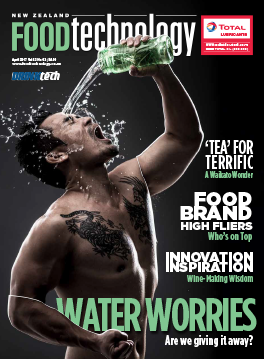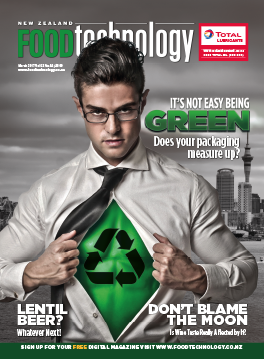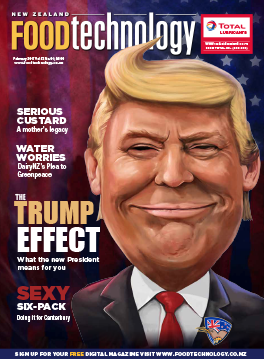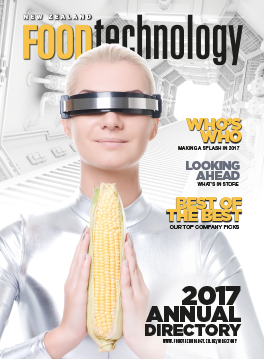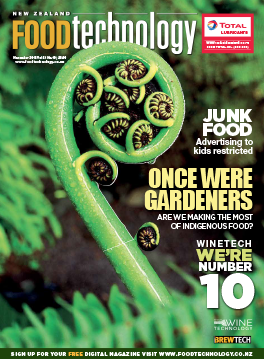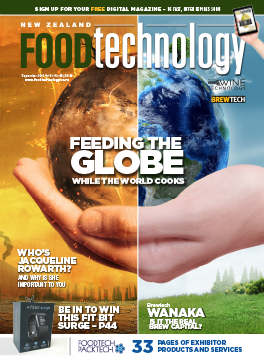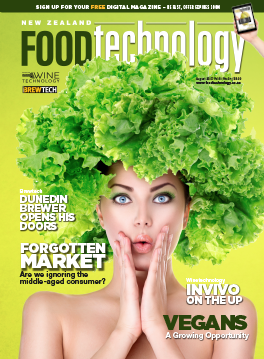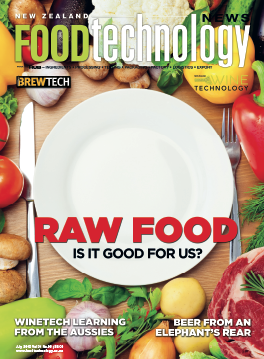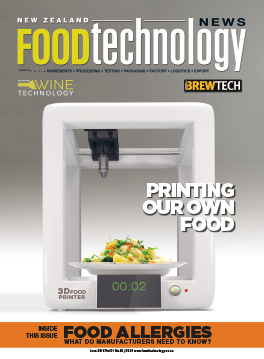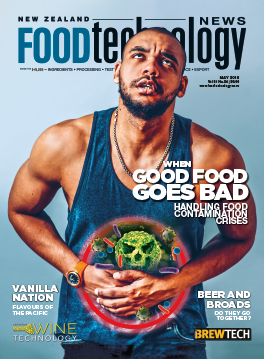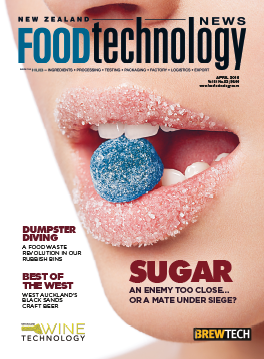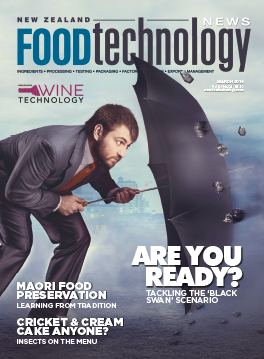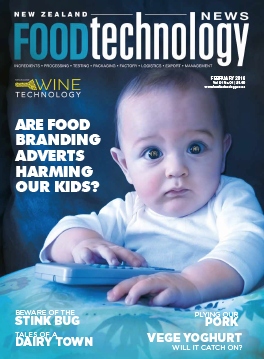As food technologists, we are often asked to speculate on the types of food we will be manufacturing and consuming in the next 50 years. As with all predictions, it helps to look at how we have changed our eating habits in the past half-century to provide us with trends that may continue into the future.
In New Zealand we have progressed from a basic food supply, consisting of meat and vegetables, white bread, cheddar cheese and home baking to a more varied diet (less meat, greater variety of vegetables, huge range of breads and cheeses, and more luxury foods such as cheesecakes). This has been driven in part by exposure to foods from different cultures and the desire for convenient, fast food. There is scope to continue along this trend that will be enhanced by our growing multi-cultural society and the busy lives we lead.
Next, we need to look at the needs of individual consumers, who are more concerned about their diet than ever before. This is manifested in the demand for gluten free foods, which now occupy separate sections on supermarket shelves. There is a growing group of consumers who will pay for foods that meet their needs – as a society we are becoming more fussy in our eating choices. They will also pay for luxury items, as we have seen with the growing variety of chocolate. I believe there is room for growth here in the dessert/luxury food markets.
We also need to consider the driver of the food manufacturers… economics. Food companies are in business to make money so they need to make the most of any raw materials. This is likely to see greater use of waste from the food industry. In the past 50 years we have developed our dairy industry to use much of the former dairy waste as food ingredients. The meat industry is following suit but there is scope for making use of the huge amount of waste from the fruit and vegetable trade and waste from seafood processing.
As a microbiologist, I see the biggest growth area is in fermented foods, which could make use of some of the waste materials from our food industry. Looking back over the past 50 years we have seen a huge growth in the fermented milks, in particular yoghurt. This is likely to continue into products such as kefir (I have a student working on this at present), now becoming available on supermarket shelves, driven by our growing cultural diversity.
However there is room for growth here. How about the great variety of fermented sausage products available in Europe? We have seen the growth in cheese varieties here, but have yet to see the potential in fermented meat products, which may also make use of some of the waste material from the meat industry. One area that I see huge potential in is fermented vegetable products. The simplest examples are sauerkraut and kimchee. A more sophisticated example, with much greater food value, is tempeh. This fermented soya bean product has huge potential, particularly for vegetarians. I have had my students make some very tasty sausages, burgers and cheesecake bases out of this highly nutritious food.
Speculation around a hugely different food system, such as insects as a raw material, is unlikely to be feasible or acceptable by consumers, although it is an interesting concept. Some other more unusual foods like seaweed, already used in the manufacture of sushi, are likely to be more widely accepted and, if included alongside fish farming and fermented fish products, could see a whole range of new and exciting foods developed over the next 50 years. These are the challenges for tomorrow’s food technologists.








